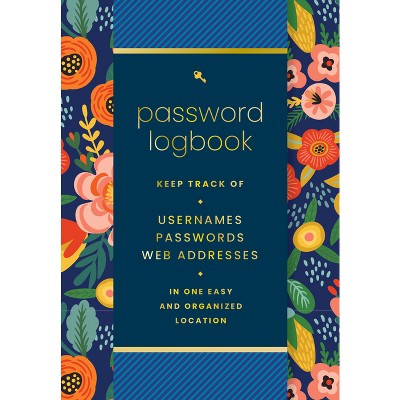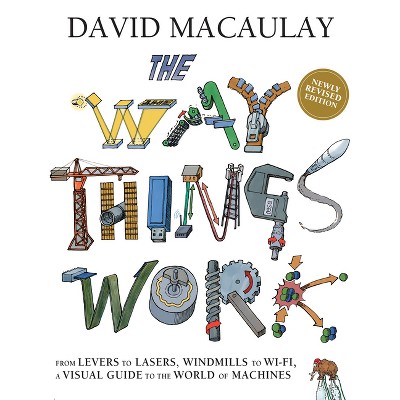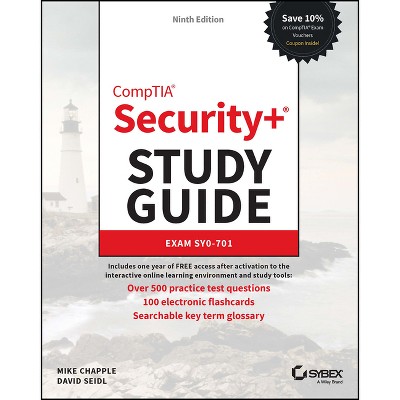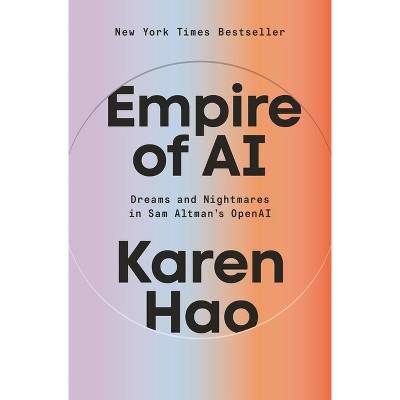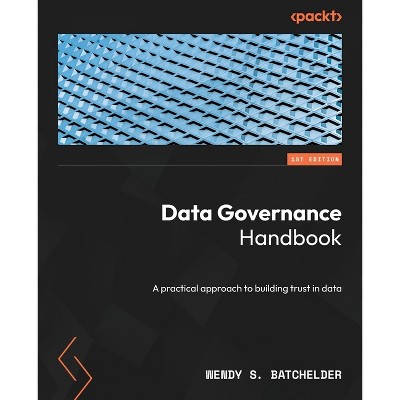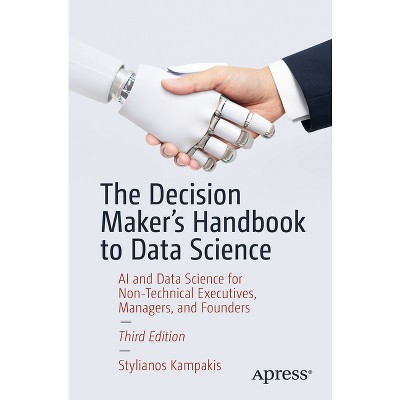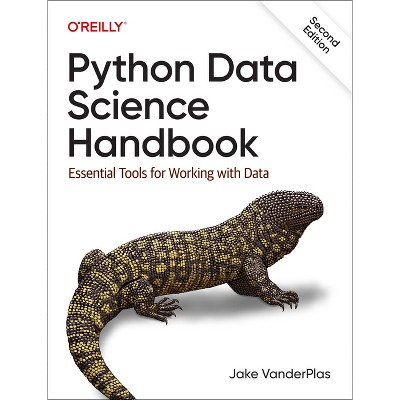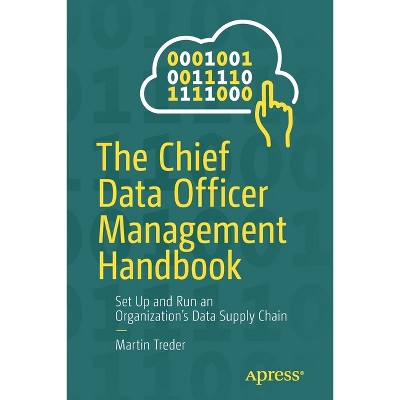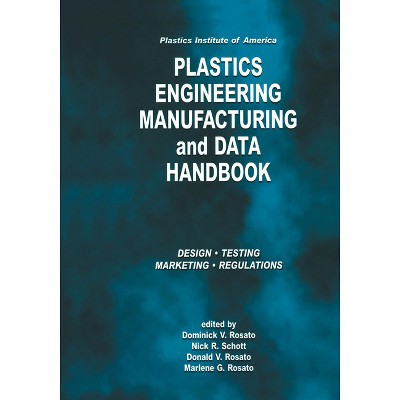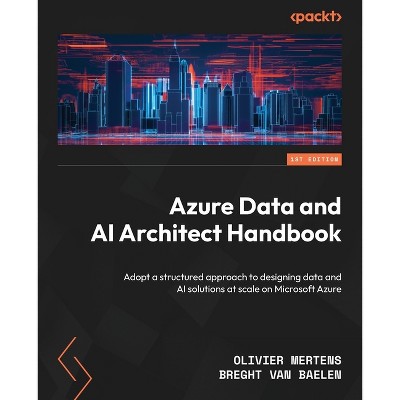Sponsored

Data Center Handbook - 2nd Edition by Hwaiyu Geng (Hardcover)
In Stock
Sponsored
About this item
Highlights
- DATA CENTER HANDBOOK Written by 59 experts and reviewed by a seasoned technical advisory board, the Data Center Handbook is a thoroughly revised, one-stop resource that clearly explains the fundamentals, advanced technologies, and best practices used in planning, designing, building and operating a mission-critical, energy-efficient, sustainable data center.
- About the Author: Hwaiyu Geng P.E. (Palo Alto, California, USA) is the founder and managing director at AmicaResearch.org promoting green planning, designing, building and operating of high-tech projects.
- 752 Pages
- Computers + Internet, Databases
Description
About the Book
"A data center is a facility used to house computer systems and associated components, such as telecommunications and storage systems. It generally includes redundant or backup power supplies, redundant data communications connections, environmental controls (e.g., air conditioning, fire suppression) and security devices. During the 1980s, computers started to be deployed everywhere, in many cases with little or no care about operating requirements. However, as information technology (IT) operations started to grow in complexity, companies grew aware of the need to control IT resources. The availability of inexpensive networking equipment, coupled with new standards for network structured cabling, made it possible to use a hierarchical design that put the servers in a specific room inside the company. The use of the term "data center," as applied to specially designed computer rooms, started to gain popular recognition about this time"--Book Synopsis
DATA CENTER HANDBOOKWritten by 59 experts and reviewed by a seasoned technical advisory board, the Data Center Handbook is a thoroughly revised, one-stop resource that clearly explains the fundamentals, advanced technologies, and best practices used in planning, designing, building and operating a mission-critical, energy-efficient, sustainable data center. This handbook, in its second edition, covers anatomy, ecosystem and taxonomy of data centers that enable the Internet of Things and artificial intelligent ecosystems and encompass the following:
SECTION 1: DATA CENTER OVERVIEW AND STRATEGIC PLANNING
- Megatrends, the IoT, artificial intelligence, 5G network, cloud and edge computing
- Strategic planning forces, location plan, and capacity planning
- Green design & construction guidelines and best practices
- Energy demand, conservation, and sustainability strategies
- Data center financial analysis & risk management
SECTION 2: DATA CENTER TECHNOLOGIES
- Software-defined environment
- Computing, storage, network resource management
- Wireless sensor networks in data centers
- ASHRAE data center guidelines
- Data center telecommunication cabling, BICSI and TIA 942
- Rack-level and server-level cooling
- Corrosion and contamination control
- Energy saving technologies and server design
- Microgrid and data centers
SECTION 3: DATA CENTER DESIGN & CONSTRUCTION
- Data center site selection
- Architecture design: rack floor plan and facility layout
- Mechanical design and cooling technologies
- Electrical design and UPS
- Fire protection
- Structural design
- Reliability engineering
- Computational fluid dynamics
- Project management
SECTION 4: DATA CENTER OPERATIONS TECHNOLOGIES
- Benchmarking metrics and assessment
- Data center infrastructure management
- Data center air management
- Disaster recovery and business continuity management
The Data Center Handbook: Plan, Design, Build, and Operations of a Smart Data Center belongs on the bookshelves of any professionals who work in, with, or around a data center.
From the Back Cover
Written by 59 experts and reviewed by a seasoned technical advisory board, the Data Center Handbook is a thoroughly revised, one-stop resource that clearly explains the fundamentals, advanced technologies, and best practices used in planning, designing, building and operating a mission-critical, energy-efficient, sustainable data center. This handbook, in its second edition, covers anatomy, ecosystem and taxonomy of data centers that enable the Internet of Things and artificial intelligent ecosystems and encompass the following:
SECTION 1: DATA CENTER OVERVIEW AND STRATEGIC PLANNING
- Megatrends, the IoT, artificial intelligence, 5G network, cloud and edge computing
- Strategic planning forces, location plan, and capacity planning
- Green design & construction guidelines and best practices
- Energy demand, conservation, and sustainability strategies
- Data center financial analysis & risk management
SECTION 2: DATA CENTER TECHNOLOGIES
- Software-defined environment
- Computing, storage, network resource management
- Wireless sensor networks in data centers
- ASHRAE data center guidelines
- Data center telecommunication cabling, BICSI and TIA 942
- Rack-level and server-level cooling
- Corrosion and contamination control
- Energy saving technologies and server design
- Microgrid and data centers
SECTION 3: DATA CENTER DESIGN & CONSTRUCTION
- Data center site selection
- Architecture design: rack floor plan and facility layout
- Mechanical design and cooling technologies
- Electrical design and UPS
- Fire protection
- Structural design
- Reliability engineering
- Computational fluid dynamics
- Project management
SECTION 4: DATA CENTER OPERATIONS TECHNOLOGIES
- Benchmarking metrics and assessment
- Data center infrastructure management
- Data center air management
- Disaster recovery and business continuity management
The Data Center Handbook: Plan, Design, Build, and Operations of a Smart Data Center belongs on the bookshelves of any professionals who work in, with, or around a data center.
About the Author
Hwaiyu Geng P.E. (Palo Alto, California, USA) is the founder and managing director at AmicaResearch.org promoting green planning, designing, building and operating of high-tech projects. He has over four decades of planning, engineering and management experience having worked with Westinghouse, Applied Materials, Hewlett Packard, Intel and Juniper Networks. He is a frequent speaker at international conferences. Mr. Geng, a patent holder, is also the editor/author of the IoT and Data Analytics Handbook, Manufacturing Engineering Handbook (2nd edition), and Semiconductor Manufacturing Handbook (2nd edition).
Shipping details
Return details
Trending Computers & Technology Books
